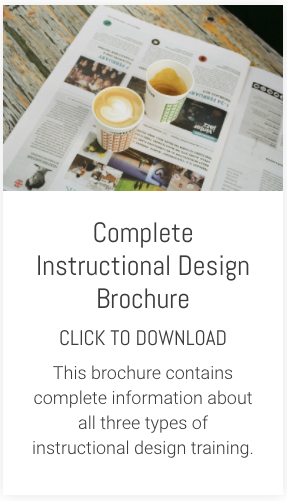What I really want, what I’ve always wanted, is for L&D to actually make a difference.
To stop being side-lined. To stop doing good, hard work that goes unrecognised.
L&D professionals genuinely care about helping others grow. We want to have impact. We want to make a difference. But time and again, we share the same frustration:
“We’re doing all this work and the business still doesn’t recognise our effort.”
It’s a painful feeling. One I’ve heard expressed countless times across countless courses and workshops. But over the years, I’ve also had to face up to an uncomfortable truth:
That lack of respect feels unfair but sometimes, it might be the symptom of a deeper problem we haven’t fully acknowledged.
What do I mean by that? Well, people come to us with a ‘training’ need and ask us to create a course. If we see ourselves as the “training people” then, naturally, we want to oblige. So, we design workshops. Build e-learning. Roll out programmes. And then we wait for results - that rarely come.
And the reason those results rarely come? Because, I believe, we’re focusing too much on delivering learning solutions… rather than supporting workplace performance.
It’s not that training we are providing is bad. Far from it. But training alone doesn’t move the needle - especially when people forget most of what they’ve learnt before they get a chance to use it. What actually makes a difference is what happens after the training: in the messy, unpredictable reality of work. The part L&D rarely reaches. The part where support and follow-up could really make a difference.
Now, let’s be honest, the idea of supporting learner performance in the workplace is hardly a new idea. In fact, it’s been around for decades. And we are already very familiar with this kind of ‘just-in-time support’ when using apps and systems.
But the ways and means to make this kind of support simple, scalable, and genuinely useful in other areas of the workplace just hasn’t been there. Until now.
Because the arrival of AI, I believe, completely changes the performance support game.
Of course, AI is being widely used in L&D already. But most of that use is focused on content production. Quicker instructional design. Faster course creation. Automating aspects of e-learning production.
Useful? Absolutely. Transformational? Probably not. Because speeding up training design and production doesn’t fix the core problem. We don’t need more training, created more rapidly. We need smarter workplace support.
We need tools that help people in the flow of their real work, not just when they happen to have time for a course.
We need smarter ways to support problem solving, decision-making, and action-taking
right at the moment of need.
Over the last 12 months, I’ve become a bit obsessed with all this and with thinking about how we can turn this new technology into a practical, performance focused solution. One that L&D teams can deploy easily. One that’s practical, low-friction, and grounded in the work people are actually doing.
So, I’m working on a new approach. A new platform I’m calling PerformaGo that puts performance support at the heart of L&D.
If you’re ready to move beyond training delivery and start designing for real-world results,
join the waitlist and be the first to know more about PerformaGo and when it goes live.
P.S. Curious about the journey behind this shift in focus?
You can follow my personal diary, where I share the highs, lows, and learning curve of building an AI-first product from the ground up.











